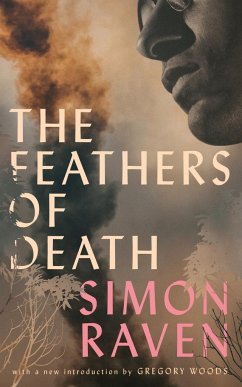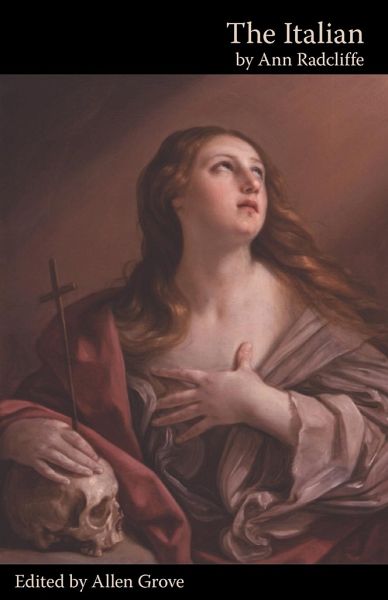
The Italian; or, The Confessional of the Black Penitents (Valancourt Classics)
Versandkostenfrei!
Versandfertig in 1-2 Wochen
23,99 €
inkl. MwSt.

PAYBACK Punkte
12 °P sammeln!
In The Italian (1797), Ann Radcliffe pits a scheming noblewoman and a ruthless monk against young lovers trying to bridge seemingly insurmountable class differences. The scenes of sublime nature, mysterious groans, corrupt ecclesiastics, isolated fortifications, and Inquisitorial torture reveal eighteenth-century Gothic fiction at its finest. The Italian stands as the final and darkest work of England's most successful Gothic novelist, and it presents Radcliffe at the peak of her literary skills. The Valancourt Books edition includes a carefully annotated and edited first edition text with a s...
In The Italian (1797), Ann Radcliffe pits a scheming noblewoman and a ruthless monk against young lovers trying to bridge seemingly insurmountable class differences. The scenes of sublime nature, mysterious groans, corrupt ecclesiastics, isolated fortifications, and Inquisitorial torture reveal eighteenth-century Gothic fiction at its finest. The Italian stands as the final and darkest work of England's most successful Gothic novelist, and it presents Radcliffe at the peak of her literary skills. The Valancourt Books edition includes a carefully annotated and edited first edition text with a substantial introductory essay on the literary, historical, and biographical contexts of the novel. The appendix features a map of locations in The Italian, three complete Gothic stories by Radcliffe's contemporaries, and essays on terror fiction by Nathan Drake and John and Anna Aikin.






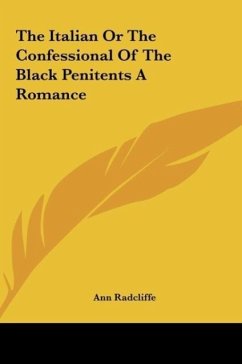
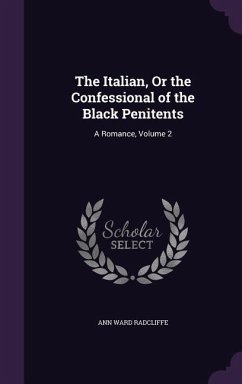
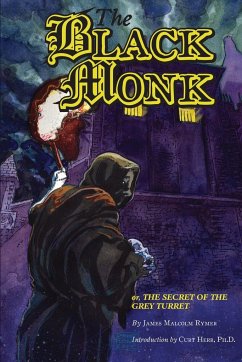
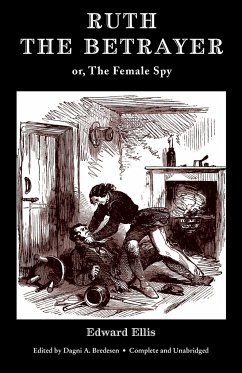
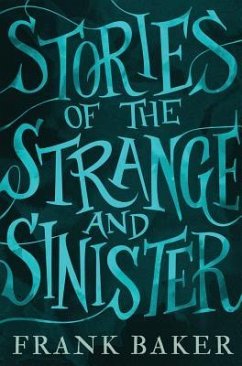
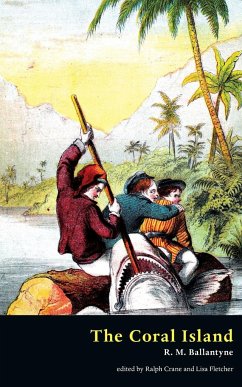
![The Mysteries of London, Vol. II [Unabridged & Illustrated] (Valancourt Classics) Cover The Mysteries of London, Vol. II [Unabridged & Illustrated] (Valancourt Classics)](https://bilder.buecher.de/produkte/44/44215/44215848n.jpg)

